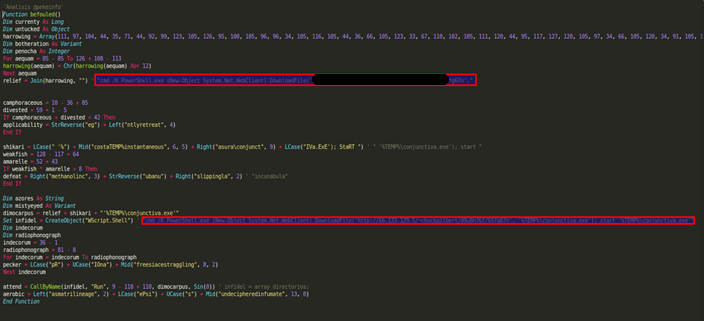AMD Radeon Pro Duo Dual Fiji GPU Now Available, Built For VR

In March of this year, AMD revealed the Radeon Pro Duo, a dual Fiji GPU graphics card with 8GB of HBM memory and capable of delivering up to 16 teraflops of compute performance. The company had said that the card would be released in Q2 2016, and today it is available for purchase.
AMD said the Radeon Pro Duo is meant for VR content creation of all varieties, including game development, VR journalism and medical research and more. The company said the card was designed for heavy workloads that come with VR content creation and that the Radeon Pro Duo’s compute performance will help “bring tomorrow’s VR content to market in record time.”
“With the Radeon Pro Duo, it’s our objective to solve major problems developers face, by reducing latency and accelerating the VR pipeline through close collaboration with the content development community and with AMD LiquidVR technology,” said AMD in its press materials.
AMD is pushing the Radeon Pro Duo as a solution for VR content creation, but there’s nothing stopping you (except maybe the price) from using it as a top-end graphics solution for gaming. The card features two liquid-cooled Fiji GPUs, each paired with 4GB of HBM memory, and AMD said it has support for DX12. (We would love to show you performance numbers, but we haven’t received a sample to test. An AMD representative told Tom’s Hardware that the company has decided not to send samples to enthusiast sites for independent testing.)
The Radeon Pro Duo will sell for the not-insignificant sum of $1,499. AMD said it is available today worldwide, from select partners. Every Radeon Pro Duo graphics card comes bundled with the Liquid VR SDK to help developers and content creators to coax the most performance out of their creations.
Source: toms hardware
http://www.tomshardware.com/news/amd-radeon-pro-duo-available,31678.html




















